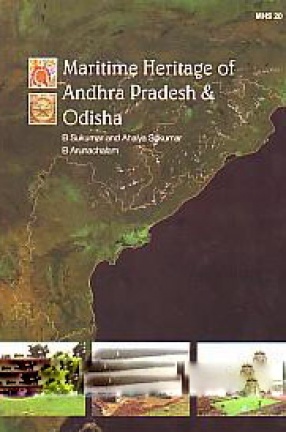
Showing all 6 books

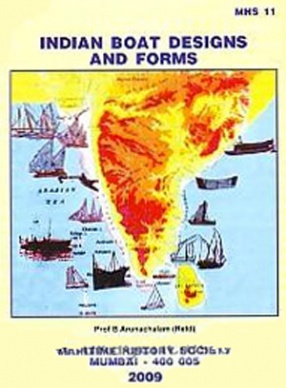

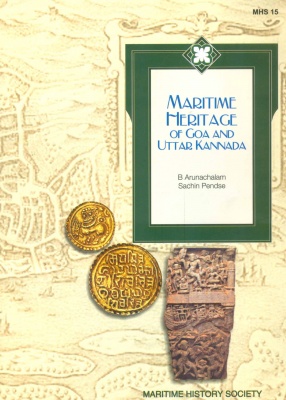
The book covers a part of the West Coast of India from Terekhol to Bhatkal. The maritime traditions of the region vis – a –vis its boat forms, navigation wisdom, deities and beliefs are a blend of the traditions of Malabar on one hand and South Konkan on the other. The rivers of the region though short and swift, are tidal upto a distance from their mouths. Maritime influences therefore penetrate inland along these tidal rivers. As a result, for many ...
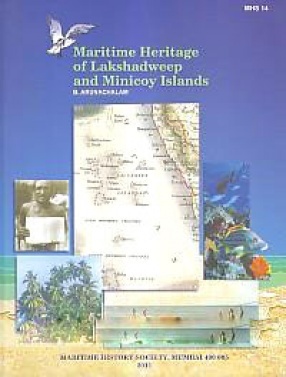
The book studies the maritime heritage of Lakshadweep and Minicoy islands. They are all small coral islands that lie about 250 – 300 kms west of the coast of Kerala. Only ten of the islands are peopled since the mediaeval ages. Because of their insularity, the islands retain most of their age – old traditions and boat forms. The islands are surrounded by shallow lagoons and reef edges. They are covered extensively by palm trees. The southernmost ...

Since the days of the Indus Valley Civilisation, coastal Regions along the Indian coasts have engaged in maritime activities. The early Water Crafts in use on the Seas included reed boats, a variety of floats, and the uniquely distinctive 'kattumarans', with logs tied together. While these were wash-afloats, early boats that worked on the principle of Air displacement were dugouts and pseudo dugouts. Over time plank built boats came into operation. These ...
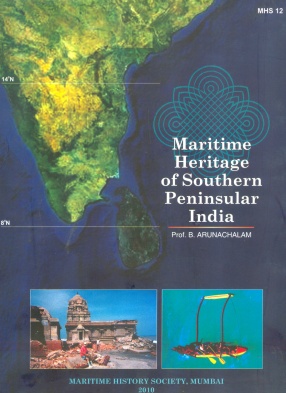
The present book is a treatise on the Maritime Heritage of Indian Peninsula, South of 14 degree N. The region remains a cultural identity with orientation to the sea, since the beginnings of historic period. The book delves into the rich maritime heritage over decades, the traditions of maritime skills, wisdom, techniques, tools and technology of crafts, sea-advantures and voyages, and the ultimate links of the sea with the people living in coastal areas as ...
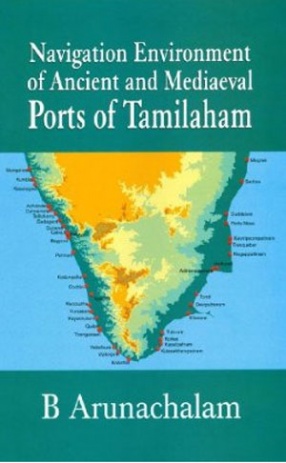
In recent decades, marine archaeologists working in near-shore underwater areas have brought to light new find of enormous value. Scholars, working in their respective discipline areas concerning specific ports, have not been able to build a holistic perspective on the ports of the past, and their rise and decline. This is, to an extent, due to a lack of sea-perspective of the ports and their navigational environment.To fill this gap, through an interdisciplinary ...
